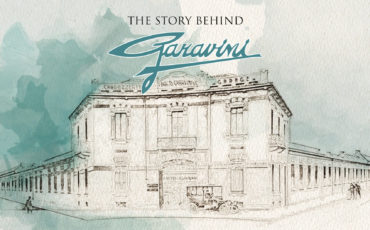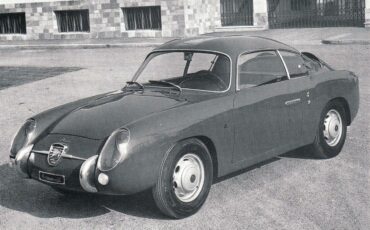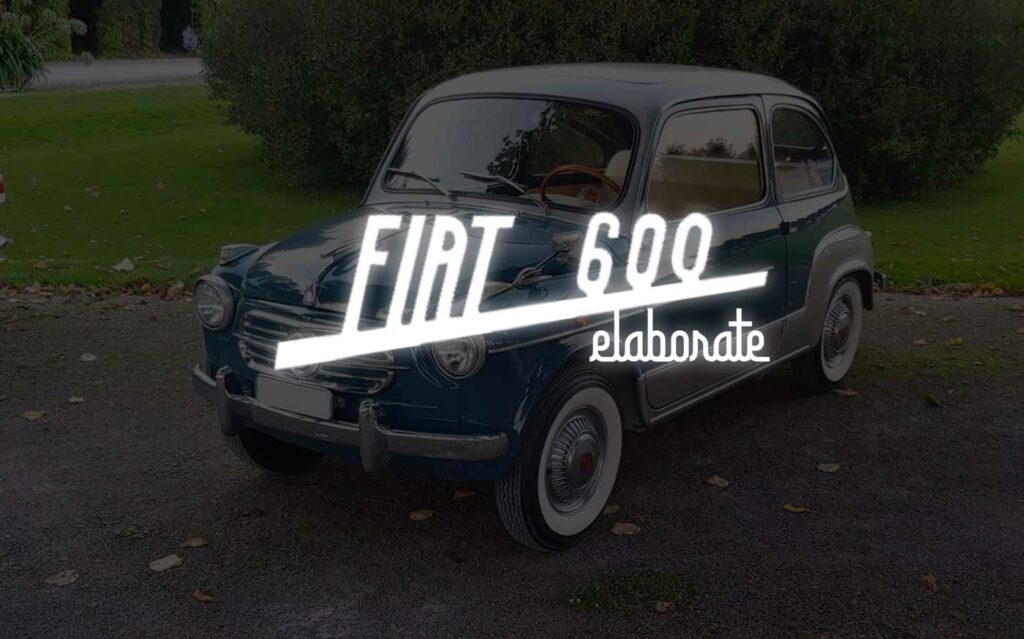
The Fiat 600 was undoubtedly the car that accompanied Italy through its economic boom. Upon its debut in 1955, it became extremely popular due to its modern design, powerful engine, and a spacious interior that could accommodate an entire family. The demand for the 600 was so high that Fiat struggled to meet the waiting times, prompting many to turn to coachbuilders to get their small family car sooner, even at a higher cost. The Fiat 600 models sold by Italian coachbuilders, known as “elaborate,” featured enhanced versions with minor body modifications, chrome elements, custom grilles, more luxurious interiors, and in some cases, tuned engines, often with Abarth kits. Despite the higher cost of these elaborate 600s, their immediate availability and premium features made them very popular. Many coachbuilders ventured into this stylish business model, catering to the high demand.
How Much Did a Fiat 600 Elaborata Cost Compared to a Standard Model?
Here is a breakdown to understand the true cost of the Fiat 600 Elaborata. We have referenced the average Italian salary from 1955 and 2024. To account for inflation, we have also calculated the purchasing power by determining how many months’ salaries would be needed to buy the car.

As you can see, the priciest models are the De Luxe Ghia, the Vignale Bijou, and the Seicentouring, excluding the Multipla by Canta, which would cost around 30,000 euros in today’s terms.
Some 600 Elaborate

Allemano
The Fiat 600 Allemano was a stylish and elegant variation of the popular Fiat 600, offered in three distinct versions by Carrozzeria Allemano: Model A, Model B, and Model C. Each model boasted unique features and enhancements, catering to different tastes and preferences.
Allemano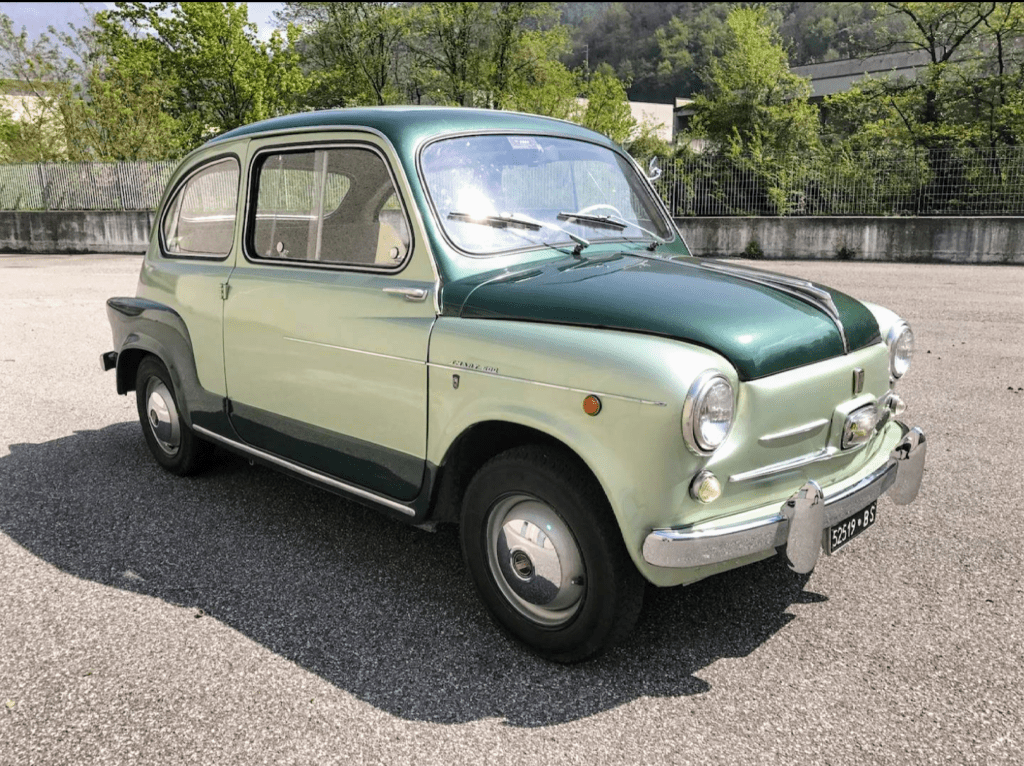
Bertone
Bertone used the term "Smart" for its elaborata versions, not just for the Fiat 600. Three versions were available. The top trim featured small rear fins with winged tail lights and a two-tone paint job, including the roof. Unlike others, Bertone avoided a fake grille, opting instead for chrome decorations and a center fog light.
Bertone
Boano
The Fiat 600 Boano "Elegance" was a premium variant priced at 775,000 Lire (around 29,000 Euros). This exclusive version featured sophisticated modifications, including a stunning two-tone paint job, smoothed body panels, and a decorative grille with chrome accents. Enhanced lighting and elegant trim added to its refined appearance, while the interior boasted a two-tone dashboard with chrome details and gabardine upholstery.
Boano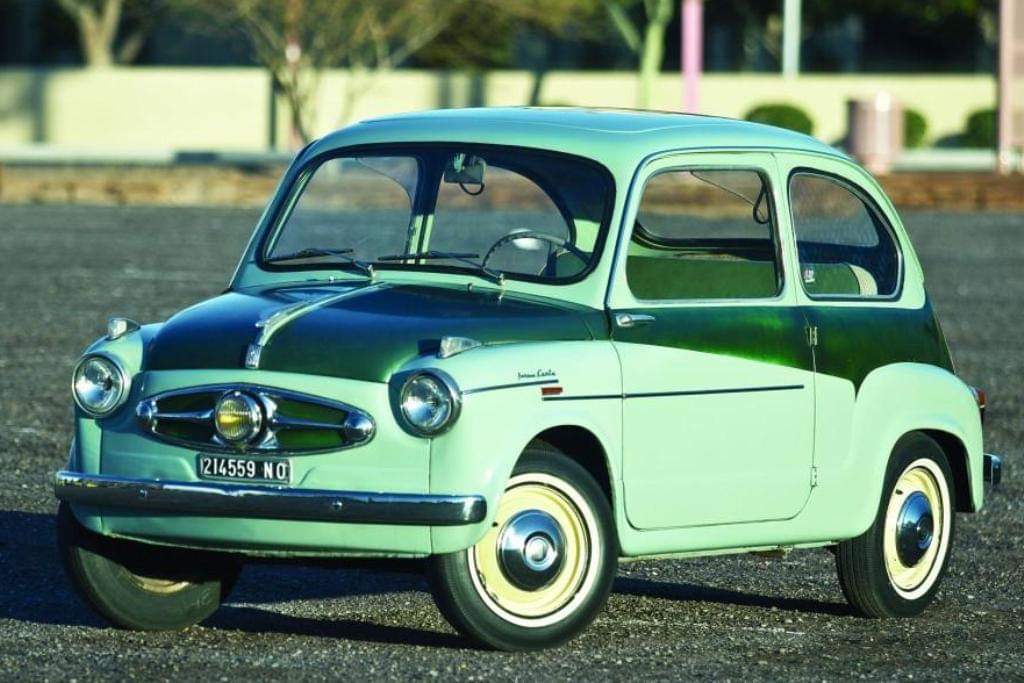
Canta
The Fiat 600 Canta was a specially customized version of the Fiat 600, offered by the coachbuilder Canta in three distinct versions: Economica, Standard, and Lusso. Each version featured unique upgrades and enhancements, catering to different levels of luxury and style.
Canta
Francis Lombardi
Francis Lombardi was perhaps the coachbuilder who most extensively offered customized versions of the Fiat 600. In addition to flagship models like the Spring, Lucciola, and Maggiolina, Francis Lombardi also provided two “standard” versions of his accessorized Fiat 600, the "E" and the "V".
Francis Lombardi
Ghia
The Ghia-modified Fiat 600 was offered in three distinct trim levels: the base model “DE LUXE,” the mid-tier “DE LUXE MONVISO” (named after the Monviso coachbuilder absorbed by Ghia), and the top-tier “DE LUXE GHIA.” Despite their higher-than-average prices, these versions highlighted Ghia’s reputation as a high-end coachbuilder, even for the Fiat 600.
Ghia
Moretti
The Fiat 600 Moretti Special was offered in three versions by the renowned coachbuilder and manufacturer based on Via Monginevro in Turin. Moretti provided customers with an enriched version of the Fiat 600, available without waiting times but at a premium price. TIPO D ,TIPO E and GRAN LUSSO.
Moretti
Monterosa
The Fiat 600 Monterosa, customized by a Turin coachbuilder, was priced at 705,000 Lire (approx. 26,500 Euros). It featured two-tone paint with a chrome strip, chrome rain gutters, front grille, side moldings, and window trims. Enhancements included headlight visors, new side turn signals, a rear hood support rod, and a lockable rear hood handle, giving the Monterosa a refined and stylish appearance.
Monterosa
Pininfarina
Just under 100 specimens were set up. The 600 Pinin Farina features a two-tone paint finish with a metallic Lunalcrom roof, a fake radiator with central headlight, special bumpers, round turn signals, chrome window frames and hood hinges, whitewall tires with special wheel cups. The interor features a dashboard with Resinflex gasket and chromed profile with the “Pinin Farina” logo. With the version developed by Pinin Farina, the same coachbuilder introduced an innovation that was later taken up by Fiat with the second 600 series: It moved the position lights from the mudguards to under the headlights.
Pininfarina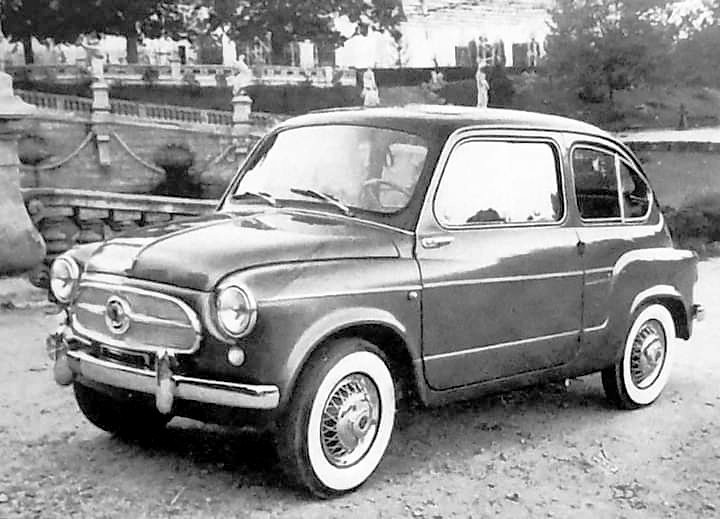
Vignale
The Bijou, Carrozzeria Vignale’s luxurious take on the Fiat 600, debuted at the 1955 Turin Auto Salon, priced at 800,000 Lire (about 30,000 Euros today). Among the priciest models, it featured a two-tone paint job, unique rear fenders, bumper guards, a fake front grille, and added side indicators. The interior included two-tone faux leather, a leather-covered dashboard, and plush daino carpets. The Bijou showcased 1950s automotive luxury with its distinctive design and high-end materials, making it highly desirable for enthusiasts.
Vignale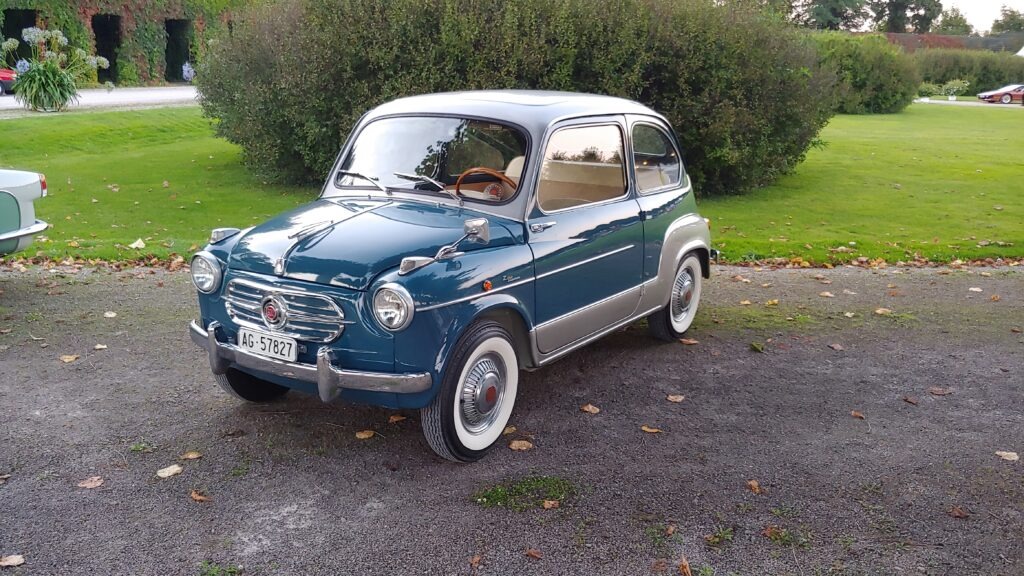
Zagato
The Fiat 600 Zagato was the elaborated version offered by the renowned Milanese coachbuilder. This exclusive model was sold directly by Zagato and came in two distinct versions: the “E” and the “L.” In addition, Zagato occasionally produced true one-offs, such as a unique 600 D with an engine modified by Stanguellini.
Zagato
